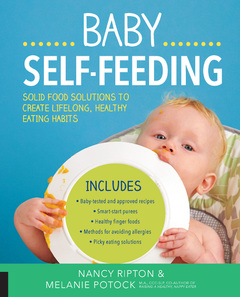Rising Allergy Rates
In This Article

It was only a few decades ago that having a kid with allergies in the classroom was an irregularity rather than the norm. Allergy rates have tripled in the past 10 to 15 years in North America, Britain and Australia. It’s now estimated that roughly 15 million Americans have food allergies, and that allergies affect one in every 13 children – that’s roughly two kids in every classroom. The rate of increase is alarming!
Experts aren’t certain as to why the increase in allergies has been so dramatic in the past few decades. However, there are a few theories. Here’s a look at why allergy rates may be on such a dramatic rise:
Sanitizer Dependence
We live in a society that is obsessed with hygiene. Many parents carry alcohol-based hand sanitizers and use them on a daily basis. There are also wall-mounted hand sanitizer machines everywhere from doctor’s offices and museums to daycares and indoor play areas.
While proper hand washing is a vital part of warding off colds and flus, it’s believed that kids may need to be exposed to some germs in order to train their immune systems to know the difference between harmful and harmless irritants.
Researchers have found that kids growing up on farms have lower rates of asthma and other allergies. It’s possible that the large amounts of bacteria and other microbes present on farms may play a protective role against developing allergies. Specifically, researchers believe that farm animals increase exposure to germ components called endotoxins. These endotoxins stimulate the body’s immune response, decreasing allergic inflammation.

